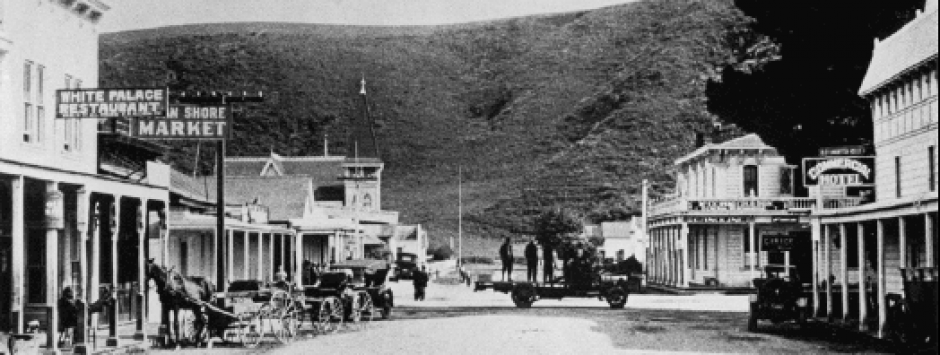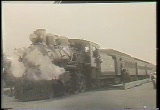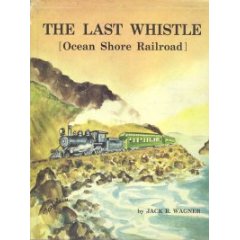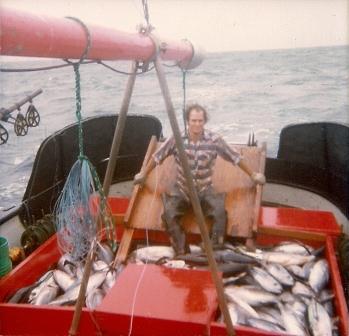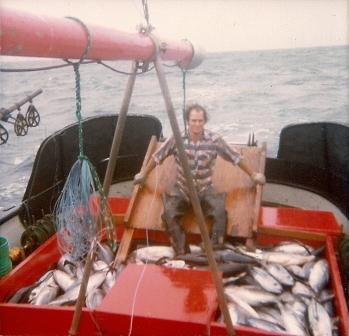“Bootlegger’s Cove” a “Real-Life thriller” by Rob Tillitz
To visit, Rob Tillitz’s website, please click here
THE FISHERMAN
Chapter I
May 1, 1980.
**
26 MILES OFF the coast of San Francisco. 12 years earlier.
**
“NET! COME HERE and get the f—— net ready.”
Gar, the fishboat captain was energized. The diesel engine pounded slowly at trolling speed. The yell was to the other man on the boat, Jeff.
Gar was hunched over the stern rail about as far as one could go outside of the trolling pit without falling into the ocean. It was a glorious spring day, the ocean was flat and that cloudy-green color that salmon love. Seabirds chattered and shrieked at one another, and the smell of coffee and bacon drifted out of the wheelhouse. It was sixty-one degrees in the early morning air.
The gurdy was still winding up as Gar reached over, unsnapping linesnaps from the trolling wire then straightening to coil the monofilament leaders into the leader box. He carefully inspected the split-tailed herring baits, changing the bad ones. He had watched the fish hit and seen the porcelain insulator, out of the corner of one eye, on the first big jump. It was certainly a splitter, and likely a giant one. Gar’s experienced eye guessed the unseen fish to be over thirty pounds as it struggled on the hundred-pound-test leader.
Gar yelled, “hurry up” just as Jeff burst out on deck, excited when he saw the fish running in different directions.
Jeff ran back to the stern and jumped into the pit while reaching for the net in the same notion. He laid the hoop net across the stern rail, with the scoop end hanging out over the water.
“Are we in ‘em, Garaloney?” Jeff rippled with energy. Gar had been given the handle “Garaloney” some years earlier, by his skipper at the time; it was because of his expertise at abalone diving.
“You know it, Jeffer.” Then, to the uncaught fish: “Pump, you mother-f—–! Pump your heart out,” he hollered at the trolling wire that was being wrenched hard.
Now bent all the way over the stern rail again, Gar had the auspicious linesnap, which was jerking madly, in sight. But he did not want to bring it up too high while the fish was thrashing its head from side to side. Not yet. He would not take a chance of losing this beauty.
“Are there any boats coming on your side?” Gar’s stomach was flooded with bile, as if a swarm of butterflies were circling inside. He took a moment for caution, knowing the Chinook would require his full attention for the next ten minutes, which was plenty of time for another boat in the small fleet to get close enough to lock outriggers with them.
“Clear into the middle of next week,” Jeff sang out in his exhilaration. There was nothing like a hundred-dollar fish to spike the adrenaline.
**
IT WAS OPENING morning, and they had come out of the anchorage at the Southeast Farallon Island at daylight, snooping their way down toward the rest of the Half Moon Bay, California, boats, looking for a spot to fish. They set their gear into the water about nine miles south of the Farallon anchorage at Pa’s Canyon, named after Carl Burlesque. Carl, or Pa, had caught tons upon tons of rock cod dragging Old Pa Rock, located deep, and on one side of the canyon. But there were more than rock cod here. There were salmon, and it was opening day of the season. Gar and his crewman Jeff were trailing their gear across this canyon head in near-perfect salmon fishing conditions.
There were spring murres squabbling raucously all around the boat. The Murre is a streamlined bird, gregarious and social, noted for agile swimming ability, and their presence on the surface of the ocean is usually a sign of fish. Baitfish are driven to the surface by feeding salmon from below. And the murres feed on them when they come up to escape from the salmon. So fishermen watch for these birds.
The whiteness of the famous Pete Seeger song’s, “Little Boxes on the Hillside” at Daly City, and on up into the Sunset District of San Francisco, were just visible from 22 miles off Pedro Point. Perfect opening-weather presented itself with just an occasional lazy swell rolling through. Clear blue sky with some wispy white clouds, and a hardly noticeable six to eight mile per hour breeze, just sufficient to keep the kelp flies at bay.
Beyond the normal smells of an older wooden boat—deck caulk, fir, bilge water, and always diesel—the ocean offered its salty aroma. It smelled this morning as shrimp taste. Just exactly like shrimp taste, Gar observed, while scrutinizing the salmon’s latest run, along with the smells of different paints lingering in the air. The topside smelled of lacquer, while the bottom paint reminded him of early school days. It was a smell like crayons or clay, with an underlying reek of tar.
**
GAR HELD THE kill cord high and over the back of his hand, pinching the line tight to his palm with his right thumb. The linesnap was just six or eight feet away. The fish had mellowed, swimming just behind and slightly away from the boat. The game now was to ease the fish closer, inch by inch.
Gar pulled long and slow on the line, surfacing the silvery prize sufficiently to inspect both its size as well as the position of the hook. The fish was a monster for this time of year. Normally the fish are smaller in the spring, but this one was by no means small.
“I’m bettin’ thirty eight,” Gar guessed, meaning what the fish would weigh at the dock, which would be after it was dressed, because salmon must be cleaned and gilled as soon after being caught as possible.
“I’m taking overs,” Jeff countered.
“He’s hooked good,” Gar said, breathing out.
A suck in, then exhaling, “Come on, baby. Come to papa.”
Another in and out: “Atta boy, don’t be shy, just get….” Now holding his breath, “Oh, no, don’t do that!” The fish was starting to sit on its tail while head thrashing again. The thing fought with an admirable frenzy, tearing up the water and becoming a blur of manic activity. Water splashed into the air for thirty feet around. But it couldn’t last. No fish could sustain such mortal activity.
When the fish was again within reach, Jeff had the net ready. The fish’s head was within swinging range, accordingly Gar grabbed his gaff, but instead of gaffing it Gar turned the gaff’s hook out away from the fish and clubbed the giant perfectly on the soft spot between and above the eyes, knocking the beast into fish incoherency.
“Good Morning!” he breathed reverently.
All over but the hallelujahs now, Gar let the fish drop back in the current to just astern of their positions while Jeff simultaneously slipped the dip net behind the fish. Jeff levered the net up over the rail of the stern. It took Gar’s help, grabbing low on the handle, then on the far side of the net, to lift the fish over the rail. They flopped it onto the deck where another couple of whacks to the noodle were delivered to insure its capture.
Elated, the two fishermen let go with a jubilant, beginning-of-the-season-scream, then turned back to their work. The fish would go thirty-eight pounds, easy.
Gar increased the speed of the boat a little bit, kicked off the autopilot, and spun the wheel thirty degrees for a slow turn. He did this almost automatically, and spoke to Jeff.
“I’ll turn your way so you can run your bow line. I better run us back up through that spot before we get too far away. We’re in ‘em. I can feel it. I love this canyon. It never lets me down. And we found it all by our lonesomes.” Gar loved finding his own fish. It was an integral element of his independent nature.
Jeff was busy on his side, and then he called for the net. Gar already running his bow line back out, paused the gurdy for fifteen seconds to net Jeff’s fish then set the net back in its position hanging slightly out over the stern. Jeff’s fish was a keeper, but would only go about eight pounds dressed. It was a nice medium, and he told Jeff that. Continue reading →


